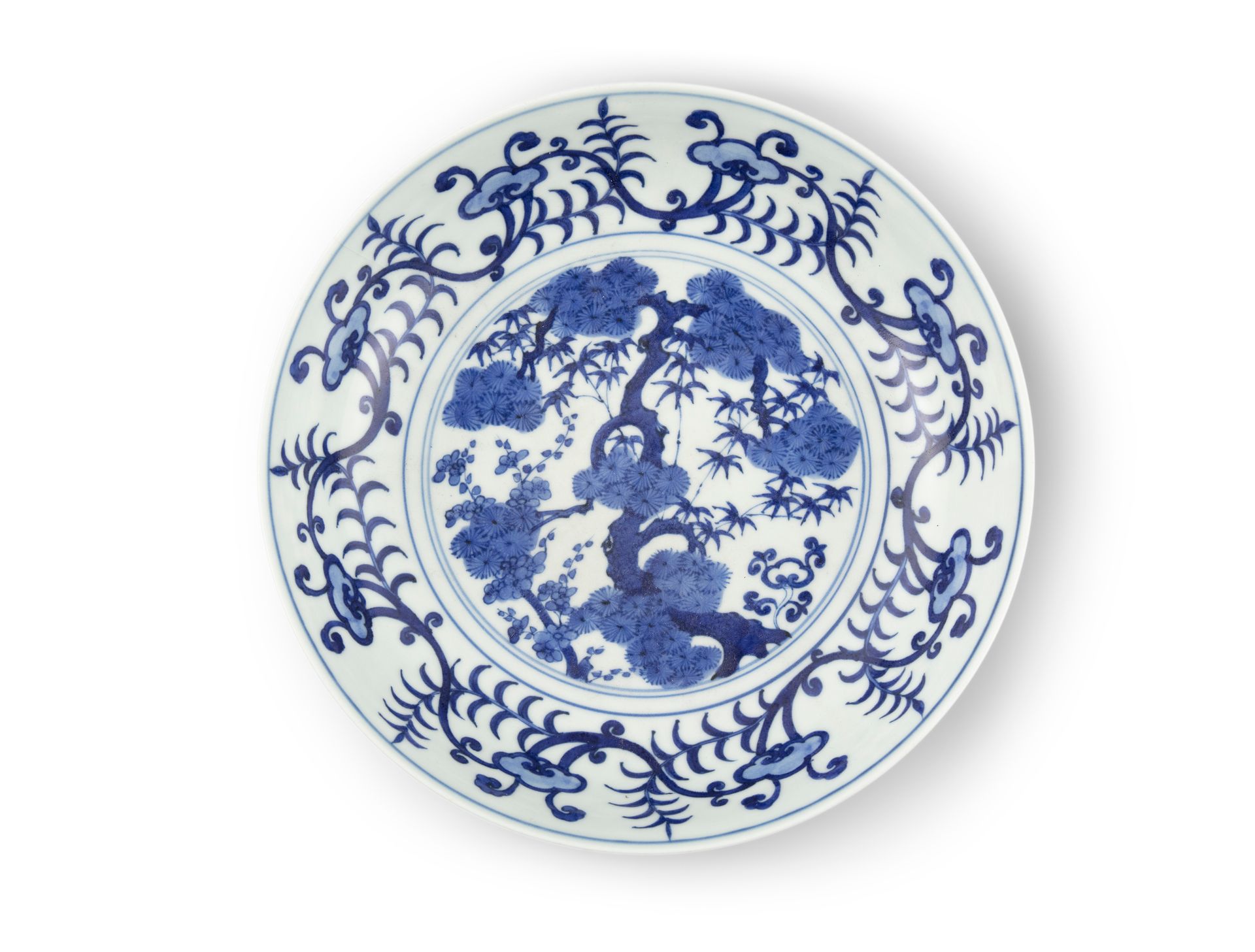Description
A BLUE AND WHITE ‘THREE FRIENDS OF WINTER’ PORCELAIN PLATE China, Wanli style Also adorned with lingzhi / fungus of immortality. The base inscribed in cobalt blue with an apocryphal six-character mark of Emperor Wanli within a double circle. D: 21,3 cm
100
A BLUE AND WHITE ‘THREE FRIENDS OF WINTER’ PORCELAIN PLATE China, Wanli style Also adorned with lingzhi / fungus of immortality. The base inscribed in cobalt blue with an apocryphal six-character mark of Emperor Wanli within a double circle. D: 21,3 cm
You may also like
